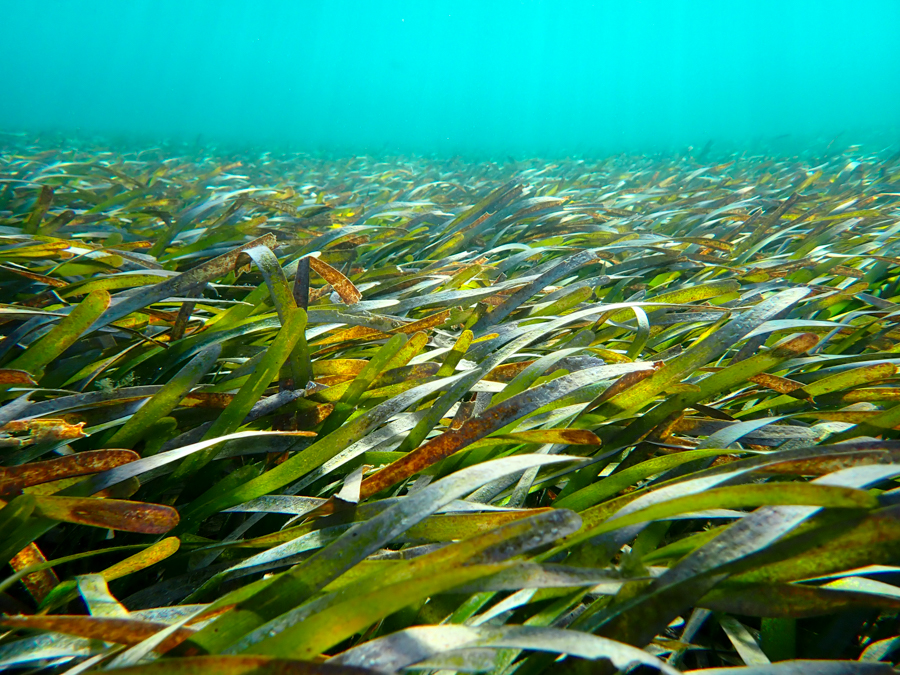Coral Health and Disease in the Pacific: Vision for Action
“We are studying arguably the most complicated ecosystem on the face of the Earth, and it is under serious threat…..We have an incredibly important message, if this ecosystem dies, if this ecosystem is otherwise perturbed to an extent that it cannot recover, not only does it spell potential disaster for this spaceship we call Earth, but there is no less than 80 emerging economies, nations that are entirely or nearly entirely dependent on coral reef ecosystems whether it be for the economy or for the subsistence.” (Gary Ostrander, Vice Chancellor for Research at the University of Hawaii, opening remarks)
Shallow coral reef ecosystems in the IndoPacific contain the highest diversity of marine organisms in the world, with approximately 1500 described species of fish, over 500 species of scleractinian corals, and an estimated 1-10 million organisms yet to be characterized (Reaka-Kudla et al. 1994). These centers of marine biodiversity are facing significant, multiple threats to reef community and habitat structure and function, resulting in local to wide-scale regional damage. Wilkinson (2004) characterized the major pressures as including
- global climate change,
- diseases, plagues and invasive species,
- direct human pressures,
- poor governance and lack of political will, and
- international action or inaction.
Signs that the natural plasticity of coral reef ecosystems has been exceeded in many areas from the effects of environmental (e.g., global climate change) and anthropogenic (e.g., land use, pollution) stressors is evidenced by the loss of 20% of the world’s coral reefs (Wilkinson 2004). Predictions are that another 24% (Wilkinson 2006) are under imminent risk of collapse and an additional 26% are under a longer term threat from reduced fitness, disease outbreaks, and increased mortality. These predictions indicate that the current list of approximately 30-40 fatal diseases impacting corals will expand as will the frequency and extent of “coral bleaching” (Waddell 2005; Wilkinson 2004). Disease and corallivore outbreaks, in combination with multiple, concomitant human disturbances are compromising corals and coral reef communities to the point where their ability to rebound from natural disturbances is being lost.
Pacific coral reef ecosystems, in general, have been considered in good condition and most resource managers have no real concern about coral disease (regardless of whether the cause is an infectious agent or anthropogenic pollution); this ‘good’ condition status may only be a reflection of inadequate information for many areas. In fact, the U.S. state of coral reef ecosystems 2005 report (Waddell 2005) refutes this by showing an increase in disease reports throughout U.S. states, territories and freely associated states and documents a growing perception that coral disease may be a threat to Pacific reefs. Increased findings of coral disease from the World Bank Coral Disease Working Group (WBCDWG) and NOAA/USGS disease monitoring programs provide ample evidence that disease is present in Pacific reefs and may, in fact, be increasing. For example, in 2004, the WBCDWG recorded 12 syndromes at six survey sites; including four syndromes that had not been previously recorded (Waddell 2005). Some experts warn that Pacific coral reefs are on a trajectory of degradation similar to that experienced in the Caribbean Basin where coral reefs are decimated…


